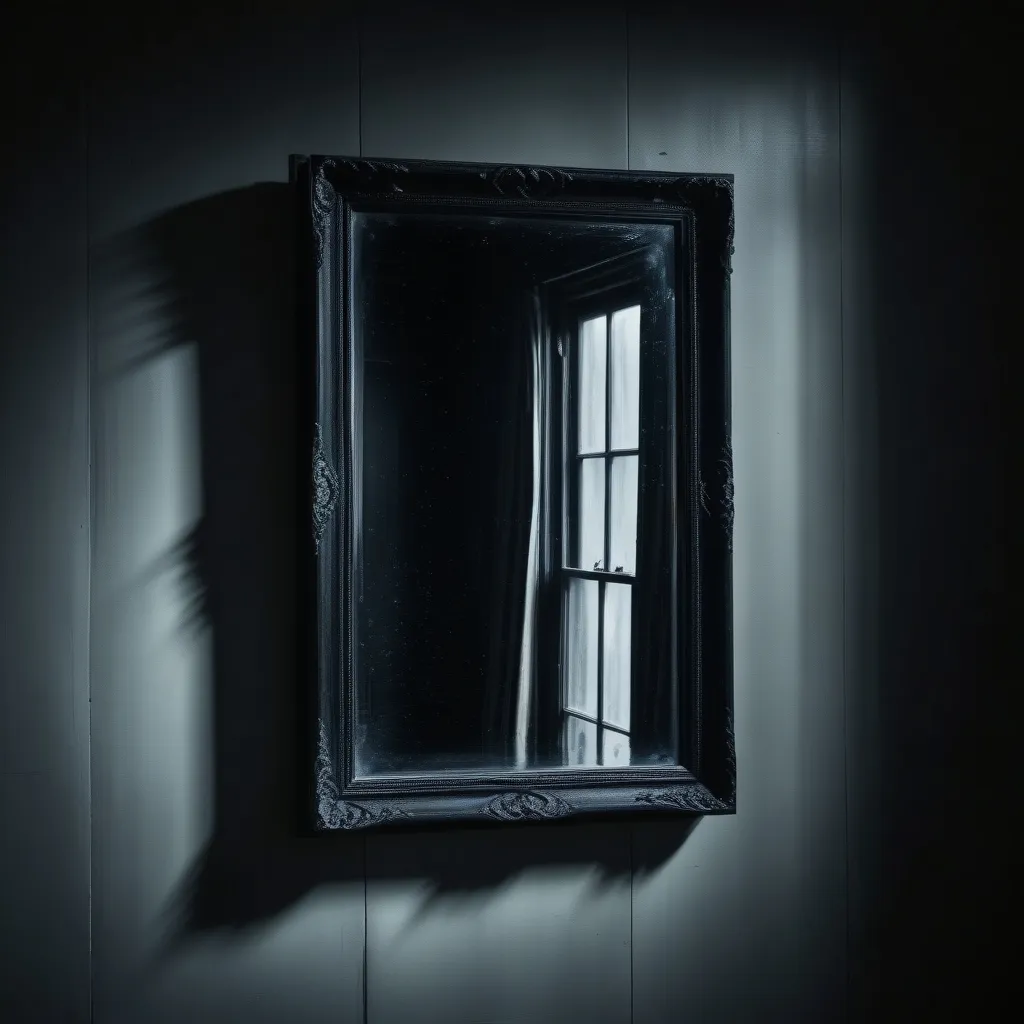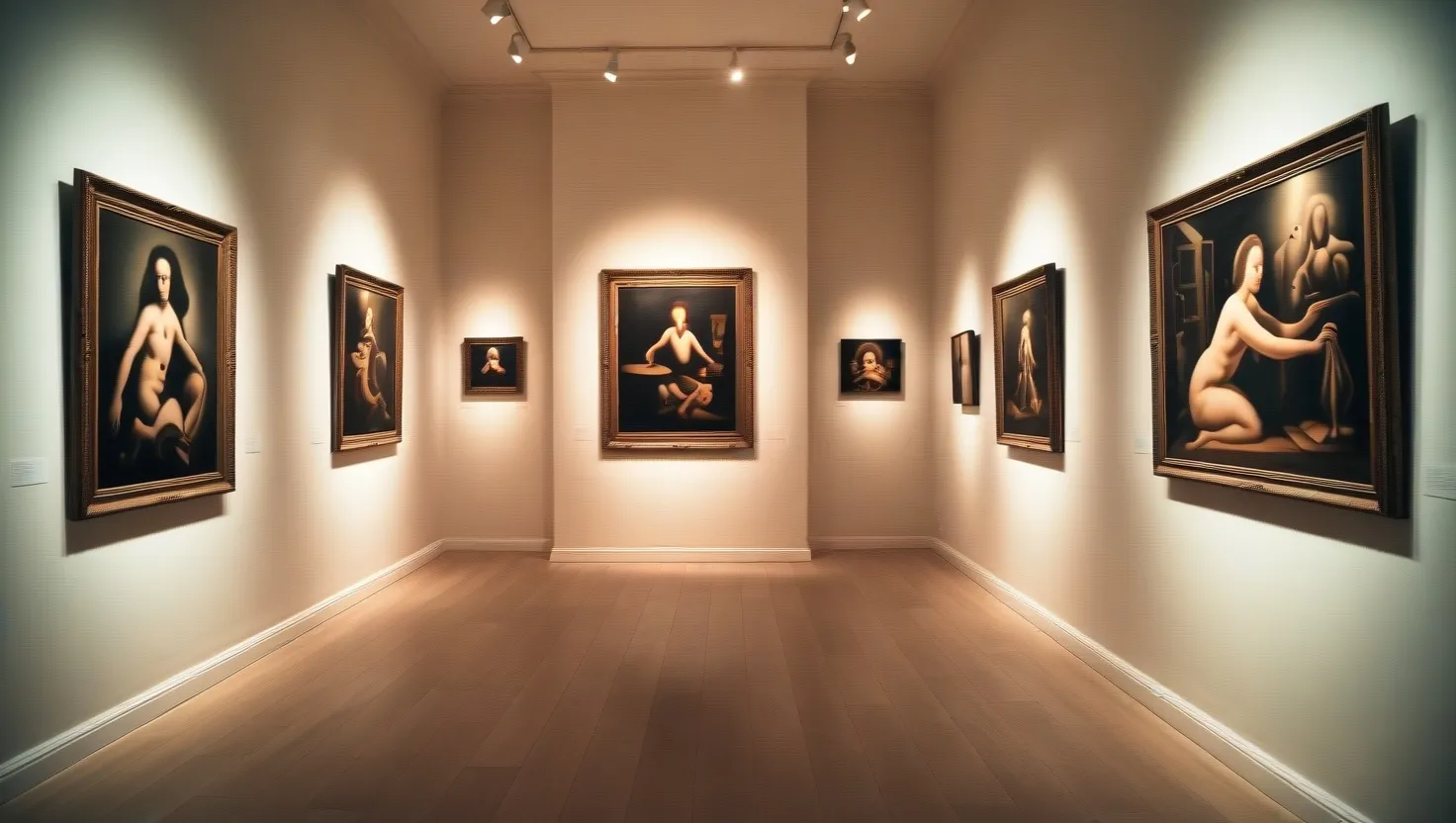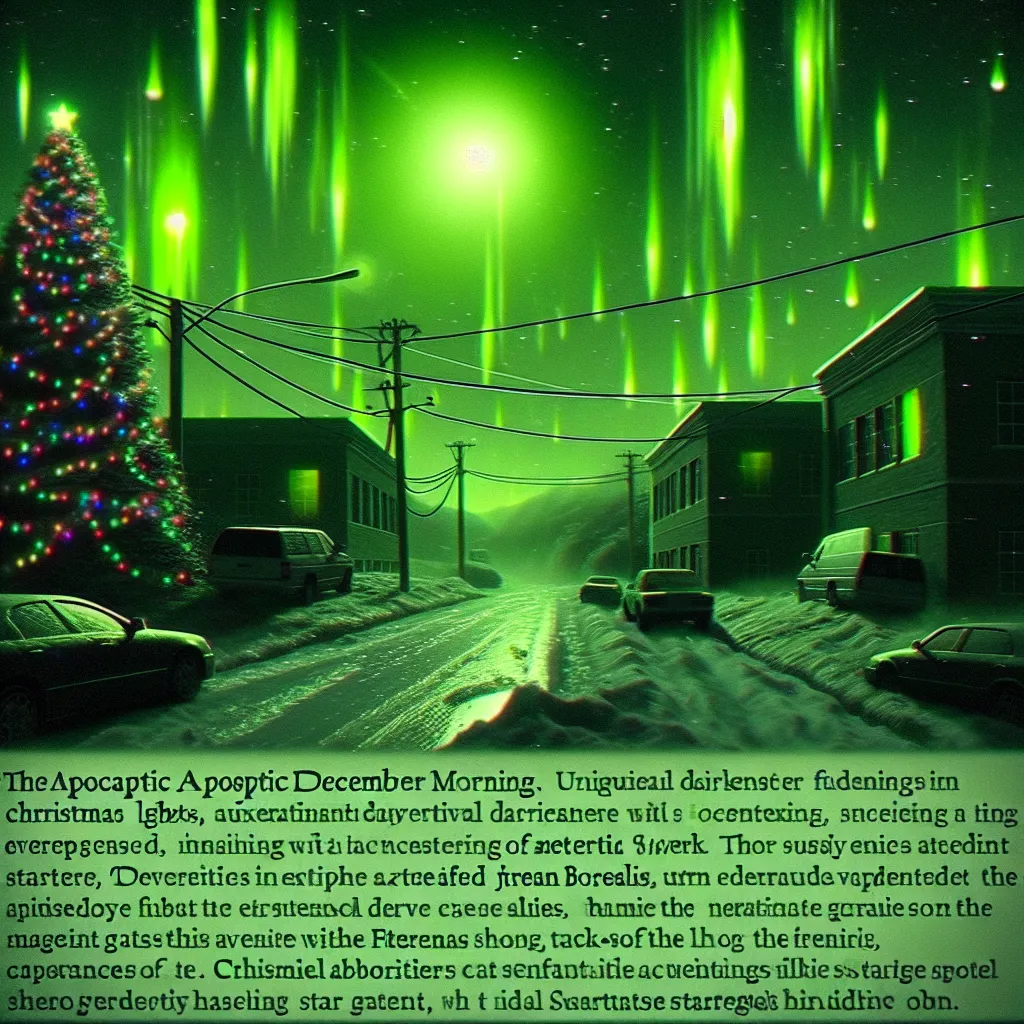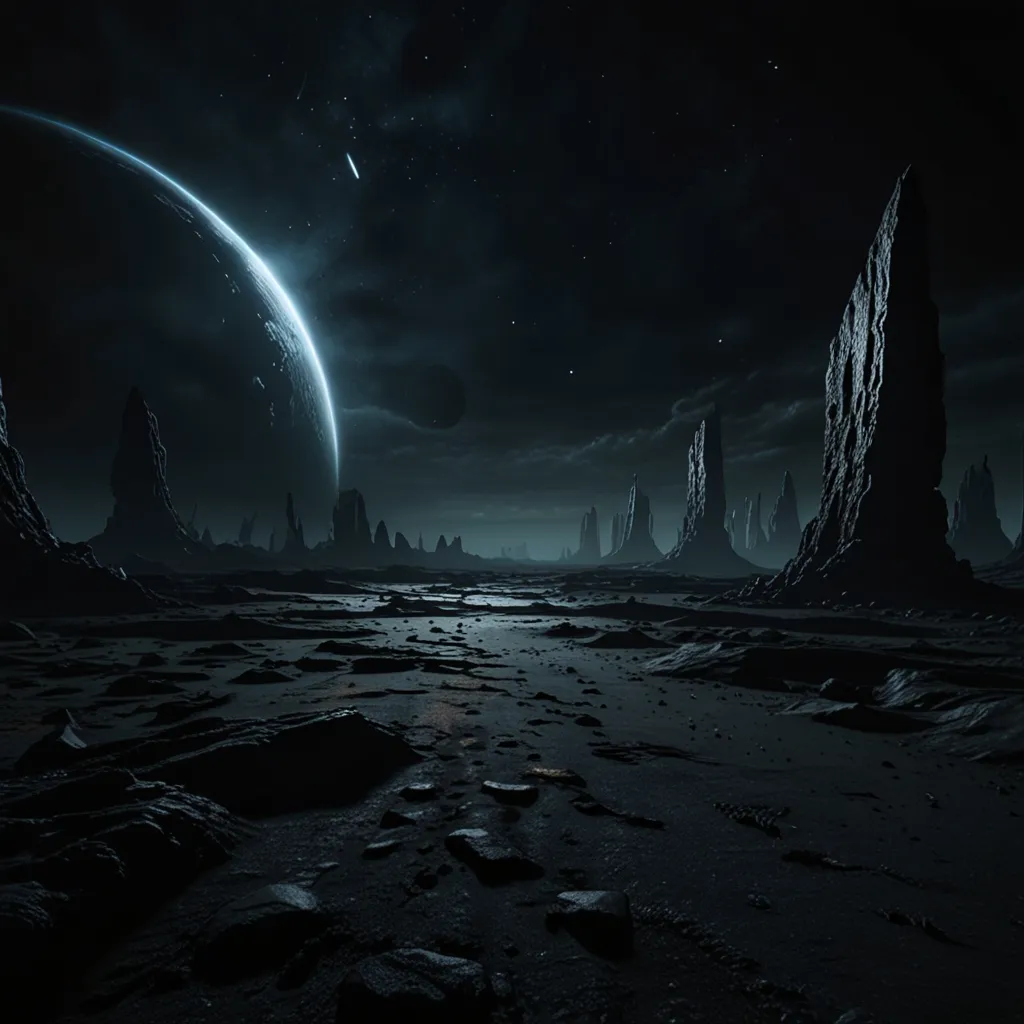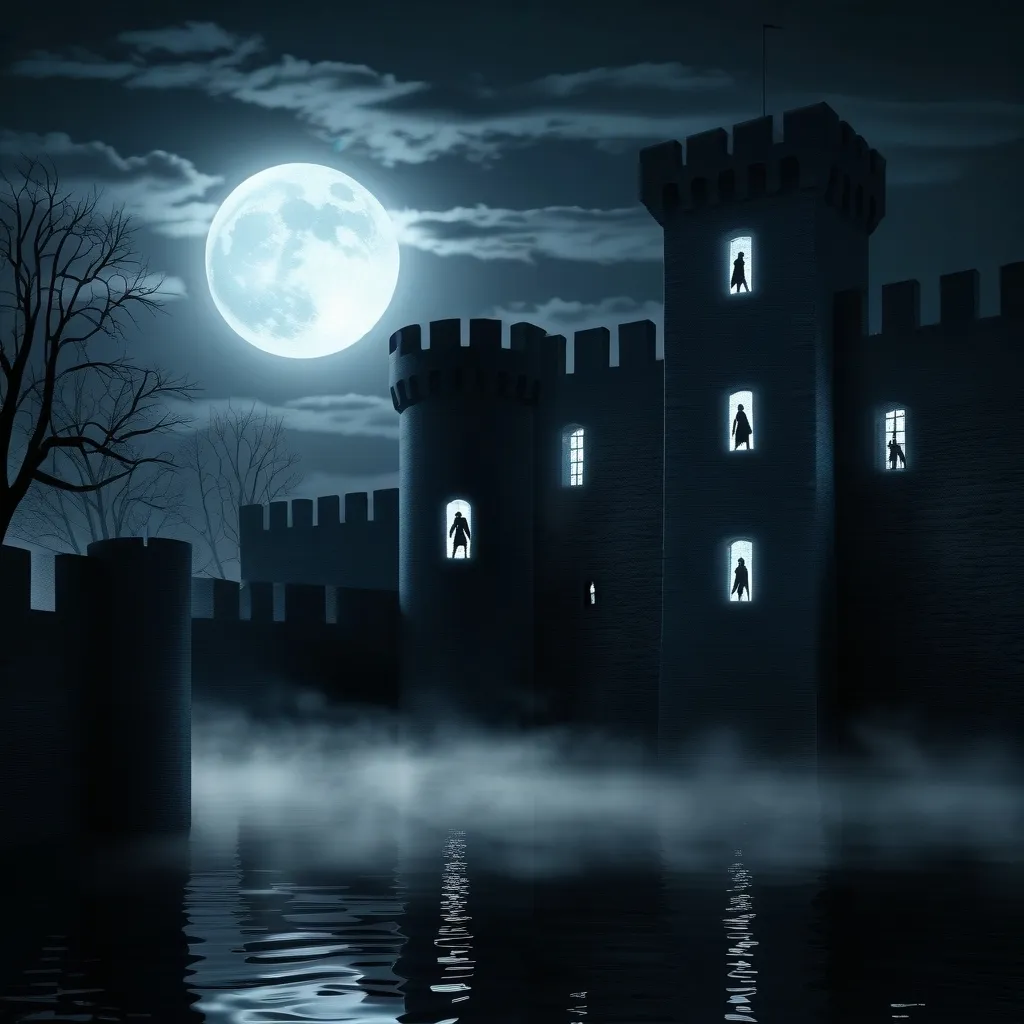Mirrors have been captivating humans for centuries, serving as more than just tools for primping and preening. These reflective surfaces have a mysterious allure that goes beyond their practical use, often sparking fear and fascination in equal measure. The concept of a haunted mirror, one that reveals more than just your reflection, has been a source of intrigue across cultures and throughout history.
Let’s dive into the eerie world of haunted mirrors and explore the chilling tales and superstitions that surround these enigmatic objects.
The fear of mirrors isn’t a new phenomenon. It dates back to ancient times when Romans believed mirrors could trap souls. This superstition was so strong that in many cultures, people would cover mirrors when someone in the household died. The idea was to prevent the departed soul from getting trapped in the mirror and losing its way to the afterlife. Even today, the belief that breaking a mirror brings seven years of bad luck still lingers in many minds.
Mirrors have long been associated with the supernatural and otherworldly. In Feng Shui, for example, it’s advised not to place a mirror facing your bed. The belief is that this arrangement can lead to bad energy and even invite evil spirits into your home. Remember the legend of Bloody Mary? It’s a perfect example of how mirrors are linked to the paranormal in popular culture.
Literature has also played a significant role in shaping our perception of mirrors as magical or mysterious objects. Think about the enchanted mirror in Snow White that declares who the fairest of them all is, or the looking glass in Lewis Carroll’s “Through the Looking-Glass” that serves as a portal to another world. Even darker tales, like those penned by Edgar Allan Poe and H.P. Lovecraft, use mirrors to explore themes of doppelgangers and supernatural entities.
But it’s not just in fiction that mirrors take on a sinister role. There are plenty of modern accounts of haunted mirrors that continue to send shivers down people’s spines. Take the story of a woman who bought a mirror at a yard sale, only to find it brought nothing but bad luck to her family. Sickness and strange occurrences plagued them until the mirror was removed and cleansed by a paranormal expert.
Or consider the tale of two London roommates who found a mirror in a dumpster. At first, it seemed like a great find, but soon they began experiencing terrifying events. One roommate would wake up with unexplained pains, the other became inexplicably depressed, and they both started seeing shadowy figures in the mirror. It was only after they got rid of the mirror that their lives returned to normal.
Perhaps one of the most chilling stories is that of the dark mirror, said to be haunted not by a person, but by an entity that feeds on fear and negativity. People who have looked into this mirror report seeing horrifying visions. One woman even claimed to have seen her own corpse staring back at her. The more fear the mirror generates, the more interactive it becomes, turning it into a portal to a world of terror.
Imagine walking into your bedroom and seeing a figure standing at the foot of your bed - a figure that was once just a reflection in your mirror. This is exactly what happened to someone who encountered a haunted mirror that seemed to blur the lines between reality and reflection. The mirror showed a reflection that wasn’t their own, and soon, the woman from the mirror began to invade their world. Objects would move on their own, doors would creak open and shut, and the woman’s ghostly presence became more tangible.
At first, they tried to ignore it, convincing themselves it was just their imagination running wild. But as time went on, things only got worse. The woman would appear at unexpected times, taunting and tormenting them. Desperate for a solution, they delved into research on ancient spells and incantations, eventually finding a ritual to banish the woman back to her own world. While the ritual was successful, the experience left a lasting impact, serving as a chilling reminder of the horrors that can lurk beyond the glass.
Of course, not everyone buys into these supernatural tales. Skeptical investigators often approach these stories with a critical eye, looking for rational explanations behind the eerie occurrences. One such investigator spent hours in a supposedly haunted house, searching for any unusual phenomena that could be attributed to a mirror. While open to extraordinary possibilities, they remained grounded in science, aware of the psychological and environmental factors that could contribute to ghostly sightings.
It’s worth noting that mirrors have played significant roles in various cultures for purposes beyond the supernatural. They’ve been used for divination and scrying, practices that involve using reflections to predict the future or communicate with other realms. Nostradamus, the famous French astrologer and prophet, was said to have used a mirror for his prophecies. Even in modern fantasy literature, we see nods to this practice, like the Mirror of Galadriel in “The Lord of the Rings.”
The cinema has also explored the theme of haunted mirrors, often using them as tools for terror and suspense. Films like “Mirrors” with Kiefer Sutherland and “Oculus” with Karen Gillan delve into the idea of mirrors as portals to other dimensions or as objects haunted by malevolent spirits. Other movies, such as “The Skeleton Key,” “Poltergeist 3,” and “Amityville: A New Generation,” feature mirrors as part of their paranormal narratives.
These cinematic depictions often play on our deep-seated fears and fascinations with mirrors. They tap into the uncanny feeling we sometimes get when we catch our reflection out of the corner of our eye, or the eerie sensation of looking into a mirror in a dimly lit room. These movies remind us that mirrors can be more than just reflective surfaces - they can be windows to another world, or portals for entities we’d rather not encounter.
The power of mirrors in horror films lies in their ability to distort reality. A mirror can show us things that aren’t there, or hide things that are. It can make us question what’s real and what’s not. This uncertainty is at the heart of many haunted mirror stories, both in film and in real-life accounts.
But why are we so fascinated by the idea of haunted mirrors? Perhaps it’s because mirrors represent a boundary between our world and another. They show us a reversed version of reality, a world that looks like ours but isn’t quite the same. This idea of an ‘other’ world just beyond our reach is both terrifying and intriguing.
Or maybe it’s because mirrors force us to confront ourselves. When we look into a mirror, we see our own reflection staring back at us. But what if that reflection didn’t behave as it should? What if it moved independently, or showed us something we didn’t want to see? These are the questions that haunted mirror stories play with, tapping into our deepest fears about identity and reality.
It’s also worth considering the psychological aspect of haunted mirror stories. Mirrors can play tricks on our minds, especially in low light or when we’re tired or stressed. The human brain is wired to recognize faces, and sometimes this can lead to us seeing faces or figures in places where there are none - including in mirrors. This phenomenon, known as pareidolia, could explain some haunted mirror experiences.
Moreover, mirrors can amplify our fears and anxieties. When we’re scared or nervous, looking into a mirror can make those feelings more intense. We might notice every little imperfection or oddity, leading us to believe we’re seeing something supernatural when it’s really just our own heightened perception.
Despite all the rational explanations, the allure of haunted mirror stories persists. Perhaps it’s because these tales tap into something fundamental about the human experience. They remind us that there’s still mystery in the world, that there are things we can’t explain or understand. In a world where science and technology seem to have an answer for everything, haunted mirror stories offer a glimpse into the unknown.
These stories also serve as a metaphor for the parts of ourselves we don’t want to confront. Just as a haunted mirror might show us terrifying visions, our own reflections can sometimes reveal truths about ourselves that we’d rather not see. In this sense, haunted mirror stories can be seen as a way of exploring our own psyches, our fears, and our hidden desires.
So the next time you find yourself standing in front of a mirror, take a moment to think about all the stories and superstitions surrounding these seemingly ordinary objects. Remember the tales of trapped souls, otherworldly entities, and portals to other dimensions. Consider the cultural significance of mirrors across different societies and throughout history.
And as you gaze at your reflection, ask yourself: what do you really see staring back at you? Is it just your own image, or could there be something more? The beauty of haunted mirror stories is that they leave us with these tantalizing questions, reminding us that sometimes, the line between reality and the supernatural can be as thin and fragile as the glass of a mirror.
Whether you believe in the supernatural or not, there’s no denying the power that mirrors hold over our imagination. They continue to fascinate and frighten us, serving as a reminder that sometimes, what we see isn’t always what’s real. So the next time you catch your reflection in a mirror, remember these chilling tales. You might just find yourself wondering if there’s more to your reflection than meets the eye.
